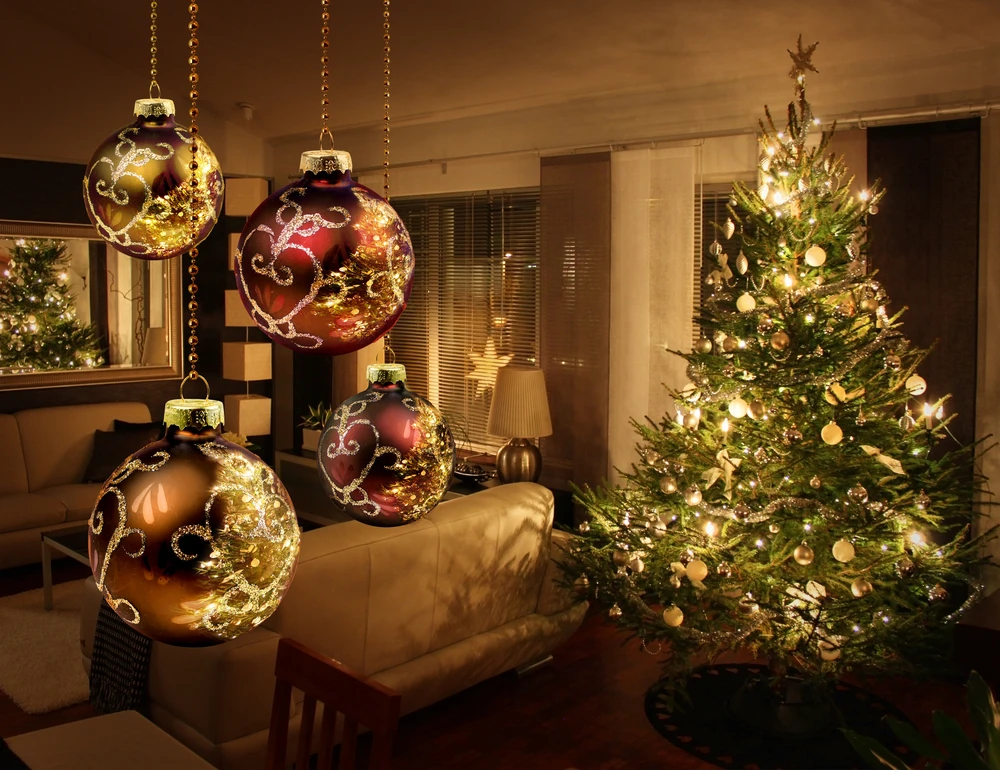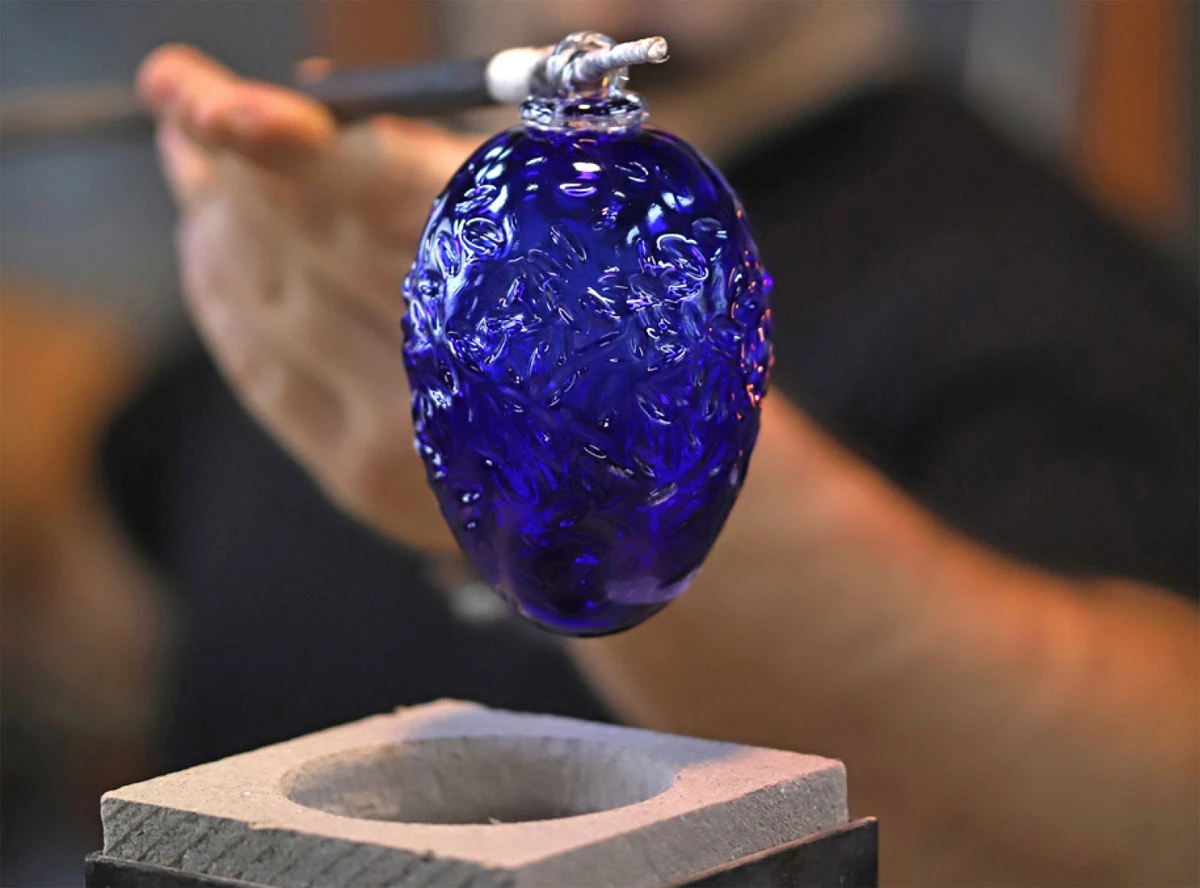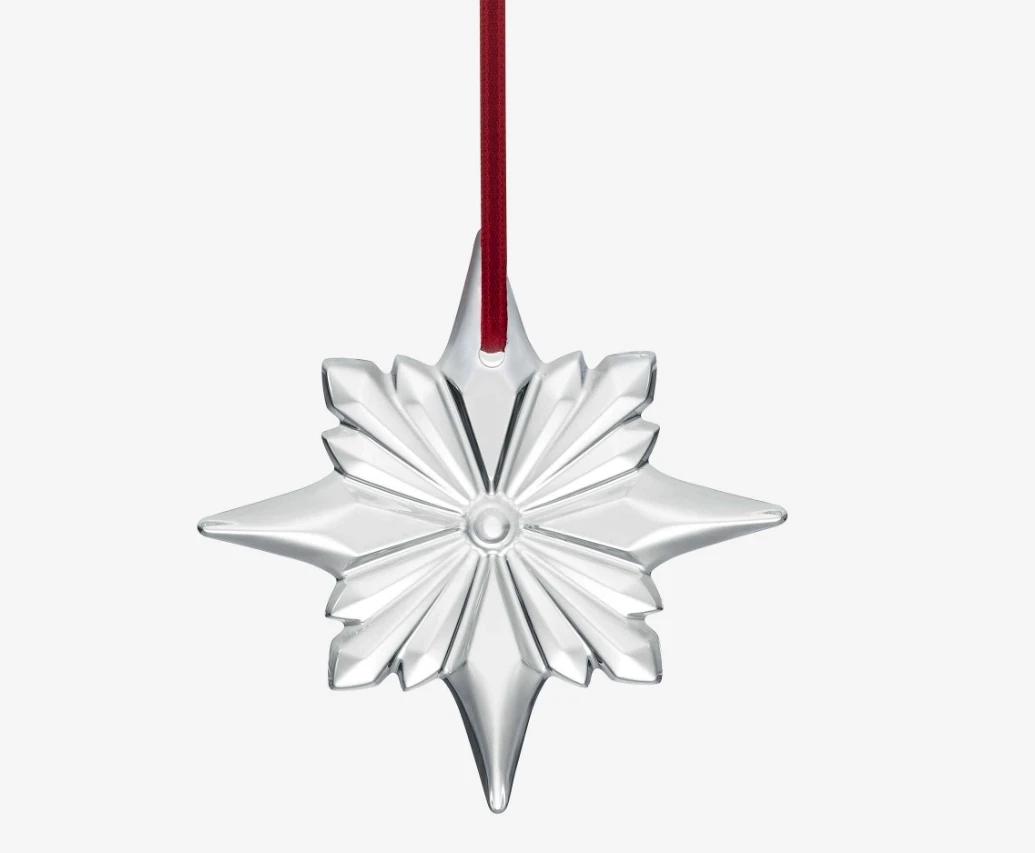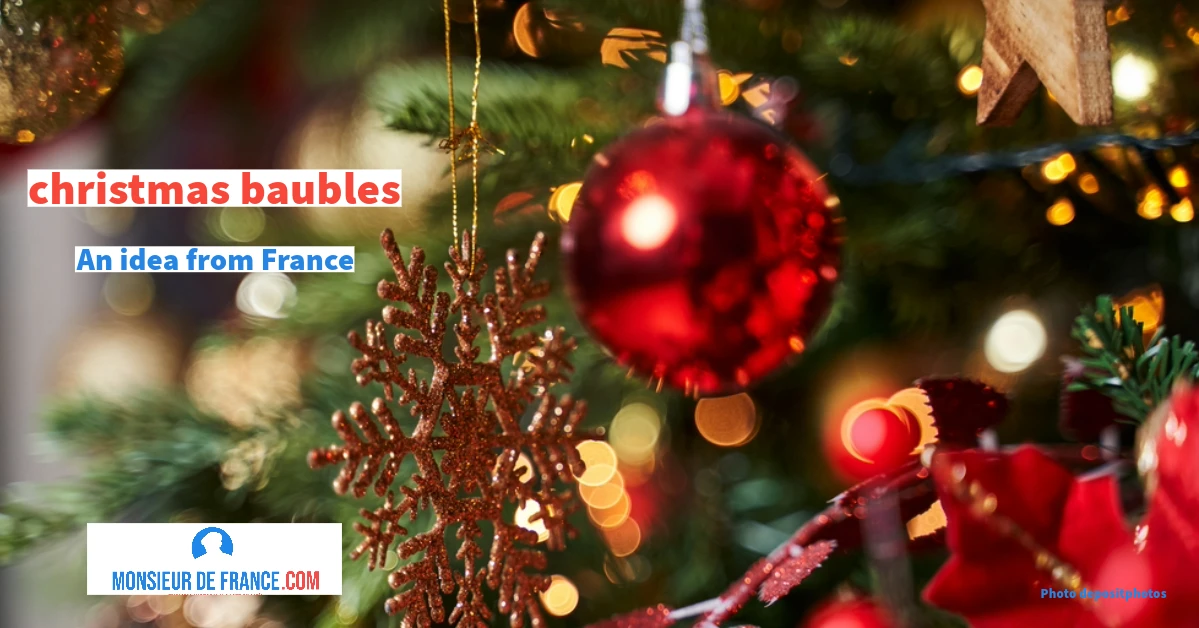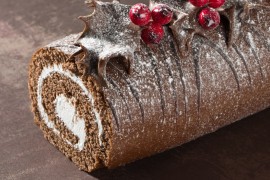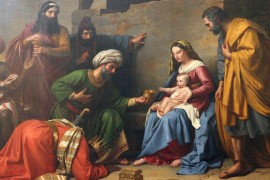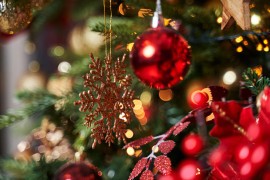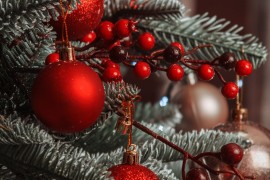The tradition of decorating the tree
Decorating a Christmas tree is a time-honoured tradition in Central and Eastern Europe, as far afield as Alsace and Lorraine. For a very long time, the tree was decorated with ribbons and, above all, fruit, mainly apples, which were also nibbled on.We often added 12 candles to symbolise the 12 months of the year and the 12 apostles, a practice that came to an end with the advent of electric garlands, but that's another story (and there's no longer any risk of the tree catching fire from the candles).
And a drought turns things upside down.
In the summer of 1858, there was a particularly severe drought in France, especially in Moselle, in Lorraine, where it had long been traditional to decorate Christmas trees with apples. So there were hardly any apples. Rather than go without decorations, the glassmakers of Goetzenbruck in Moselle, who were used to making round shapes since they already made spectacle lenses, decided to make coloured balls to replace the apples.They were an immediate success, producing up to 200,000 baubles a year in the 1960s . The advent of plastic decorations spelled the end of the original company, but the idea lived on.
The Christmas bauble is as close to the tree as ever. Photo chosen by monsieurdefrance.com: AllaSerebrina via depositphotos.
The glass Christmas bauble continues to exist.
The tradition of blowing glass baubles to decorate the Christmas tree lives on thanks to the amazing work of the glassmakers at the Halle verrière de Meisenthal, in Moselle, Lorraine. Each year, a different, original model is designed and blown by the workers. These are 'collector' baubles, which can be collected as the colours and shapes change every year.
Nowadays
There are all kinds of baubles these days: plastic, wood, papier-mâché, even luminous ones that work by induction or that can be connected to vary the colours or lighting moods. And above all, you can still buy glass baubles, as in the old days.
3 sites to discover original Christmas ornaments:
1 Christmas baubles from Meisenthal in Moselle
They continue to be hand-blown in the glass hall at Meisenthal in Moselle. The Centre International d'Art Verrier de Meisenthal is the heir to glassmaking skills dating back to 1712 in this part of Lorraine. The centre is home to artisans who compete in originality to create not only baubles but also objets d'art, each of which is unique in the world because it is handmade. A handmade ball costs around €24.
Website: Centre d'art verrier de Meisenthal
Address: Place Robert Schumann, 57 960 MEISENTHAL (4H from Paris by car, 1H30 from Luxembourg, 1H from Strasbourg).
Piaf: the Meisenthal Christmas bauble to be created in 2021. Photo credit: Centre Verrier de Meisenthal.
2 Baccarat
Photo chosen by monsieurdefrance.com: screen capture from the Baccarat.fr website
The Baccarat crystal works also make superb Christmas decorations. These are not necessarily baubles, but they can be hung on the tree. For example, very elegant pendants, stars or even fir trees.
The website: Baccarat.fr
The address: Paris Nancy Baccarat in France.
3 La Rochère
The de la Rochère glassworks are famous for their tableware. They manufacture a wide range of objects including glasses and plates. Their expertise dates back to the 15th century. You can also find glass Christmas ornaments for around 25 euros.
The website : La Rochère
Address: 70 210 PASSAVANT LA ROCHERE (4H00 from Paris 3H00 from Lyon).


